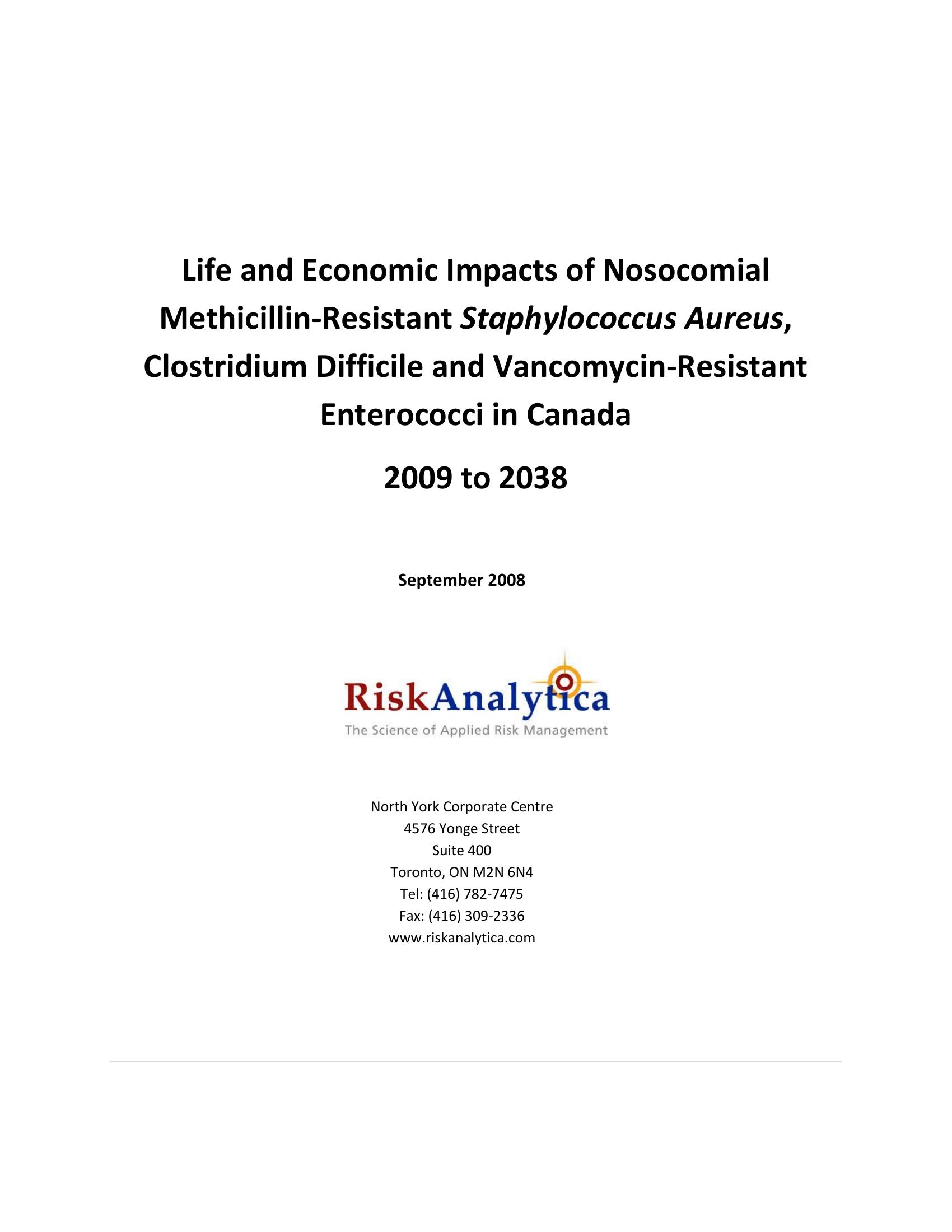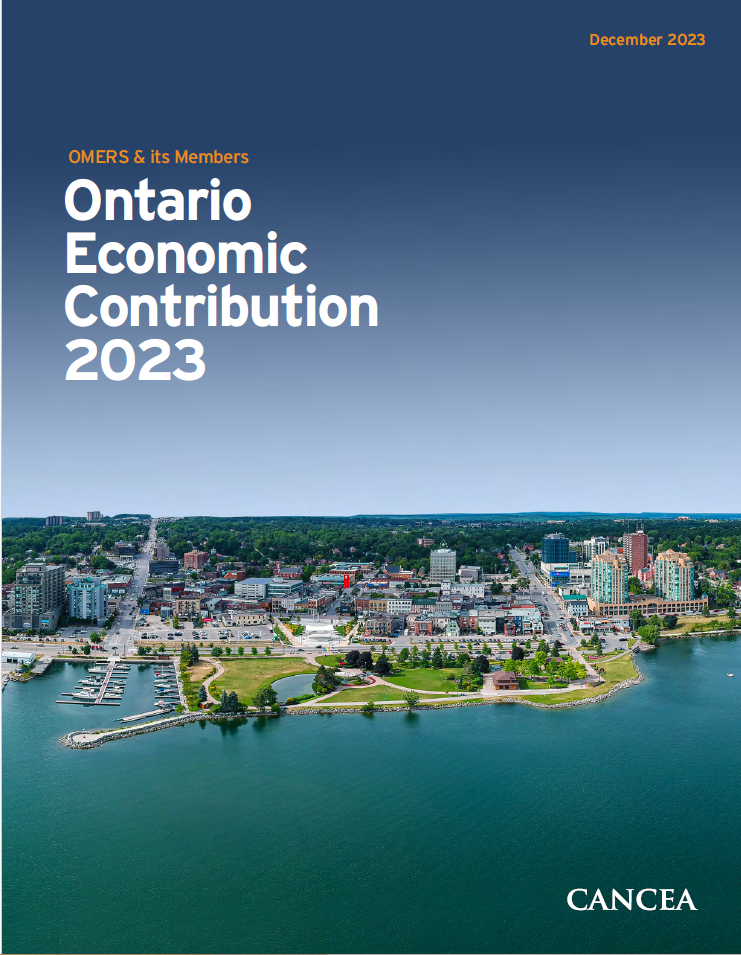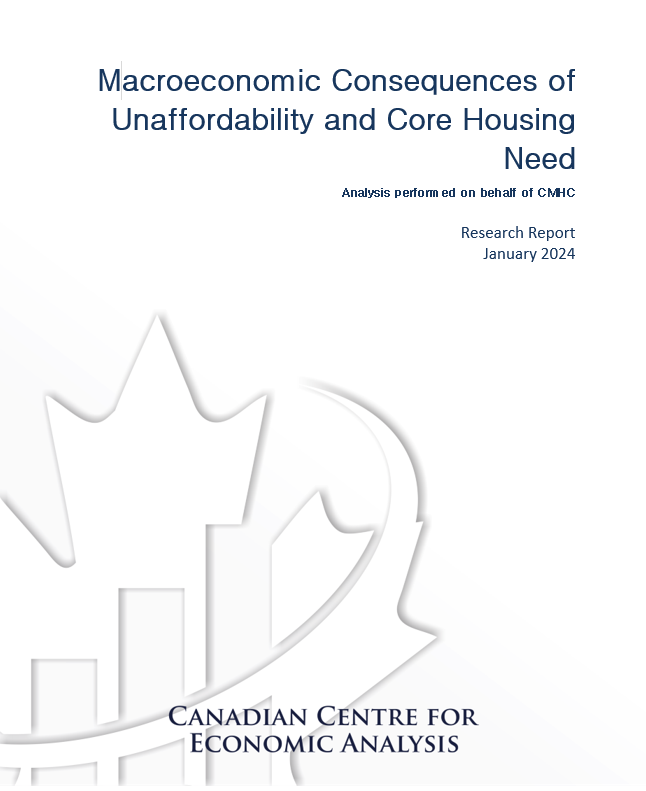The goals of the current report are: (1) to estimate the life and economic burden in Canada attributed to the incidence of three nosocomial infections; and (2) to demonstrate the value proposition significance if this burden can be reduced by systematic interventions to improve strategies for nosocomial infections control and prevention. The stated goals of the report are achieved by applying a systematic discrete eventsimulation analysisto the life and economic impacts of methicillin‐resistant Staphylococcus aureus (MRSA), clostridium difficile (c. difficile) and vancomycin‐resistant enterococci (VRE) upon the Canadian population and economy from 2009 to 2038.
Further, three intervention scenarios are considered by the analysis. The intervention scenarios are generated under the assumptionsthat the current responsesto manage nosocomial infections will improve between 2009 and 2038 as a result of a nation‐wide strategy for nosocomial infection control and prevention. It is assumed that implementation of the strategy over a 30‐year period will result in a reduction in the incidence of the nosocomial infections as well as the attributed mortality. Each intervention scenario estimates a hypothetical reduction in economic burden forthe society and the Government.
The following intervention scenarios are considered by this study:
• Scenario 1: Lower Impact. The strategy will result in a 10% reduction in the incidence of the considered nosocomial infections over the 30‐year period;
• Scenario 2: Intermediate Impact. The strategy will result in a 20% reduction in the incidence of the considered nosocomial infections over the 30‐year period; and
• Scenario 3: Higher Impact. The strategy will result in a 30% reduction in the incidence of the considered nosocomial infections over the 30‐year period.
Implementation of each intervention scenario is assumed to begin in 2009 and reach its intervention goal by 2019. The simulation platform used for this analysis is a ‘discrete event simulation’ decision analytic policy platform that incorporates the design of peer reviewed empirical models (e.g. clinical trials) and empirical data (eg. historical and surveillance data, health costs) into modulized discrete event simulations. This simulation platform is designed to conduct modern multidisciplinary quantitative modeling that supports evidence‐based performance evaluation and tracking of health care initiatives.











